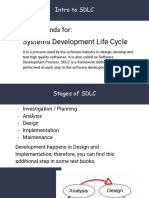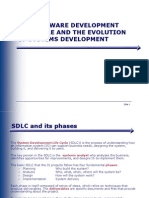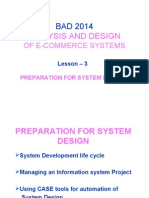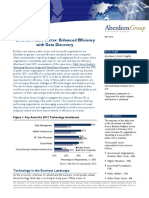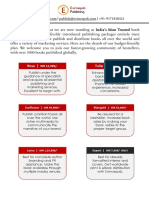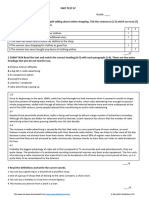0% found this document useful (0 votes)
63 views3 pagesModule 11 Notes
The systems development life cycle (SDLC) is a fundamental part of organizations for designing and implementing information systems. It consists of different phases like investigation, analysis, design, implementation, and maintenance. There are traditional waterfall methods as well as agile approaches like rapid application development. The National Institute of Standards and Technology provides guidance on security considerations for each phase of the SDLC. Information security project management must realize that implementing projects takes time, effort, communication, and coordination through project planning tools like a work breakdown structure.
Uploaded by
First Name Last NameCopyright
© © All Rights Reserved
We take content rights seriously. If you suspect this is your content, claim it here.
Available Formats
Download as DOCX, PDF, TXT or read online on Scribd
0% found this document useful (0 votes)
63 views3 pagesModule 11 Notes
The systems development life cycle (SDLC) is a fundamental part of organizations for designing and implementing information systems. It consists of different phases like investigation, analysis, design, implementation, and maintenance. There are traditional waterfall methods as well as agile approaches like rapid application development. The National Institute of Standards and Technology provides guidance on security considerations for each phase of the SDLC. Information security project management must realize that implementing projects takes time, effort, communication, and coordination through project planning tools like a work breakdown structure.
Uploaded by
First Name Last NameCopyright
© © All Rights Reserved
We take content rights seriously. If you suspect this is your content, claim it here.
Available Formats
Download as DOCX, PDF, TXT or read online on Scribd
/ 3














